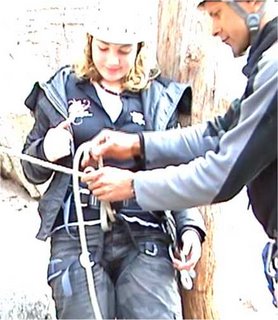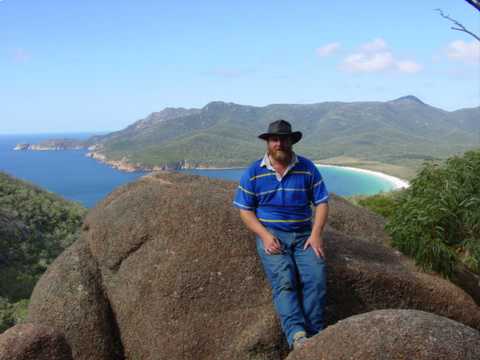Expansion with a difference - Batmania
in contrast...
3 March 1837: 'Melbourne' it is...
The history of the founding of melbourne is one dominated by a man who was either a hero or a fraud. History is divided.
John Batman, was a fellow who tried something different and 170 years later the dispute continues. What ever way the arguement goes, he shall go down in history as the man who founded the site of Melbourne - and he has statues and plaques to support his memory.
For, me the interesting thing about him is his deed/treaty with the local Aboringinal people in the Port Phillip Bay area in what is today the Melbourne metropolitan area. Whatever his real motive, at face value he wanted to achieve access to the area, to settle, without bloodshed. This is in sharp contrast to the events read about in Blood on the Wattle.
If only more people had tried to talk to the locals.
To discover more about John Batman go to the National Museum of Australia's collection on Batmania. Batmania home page Included in the collection is the transcript of the deed and much more beside. for the FLASH version (Flash 6 compatible)
Whatever the outcome of the discussion, at least he appears to have had some respect for the locals in that at least he appears to have accepted the fact that they had claim to their country. The fact that he talked to them in British legal terms and they in their local country law, misunderstandings aside, at least it was peaceful.










